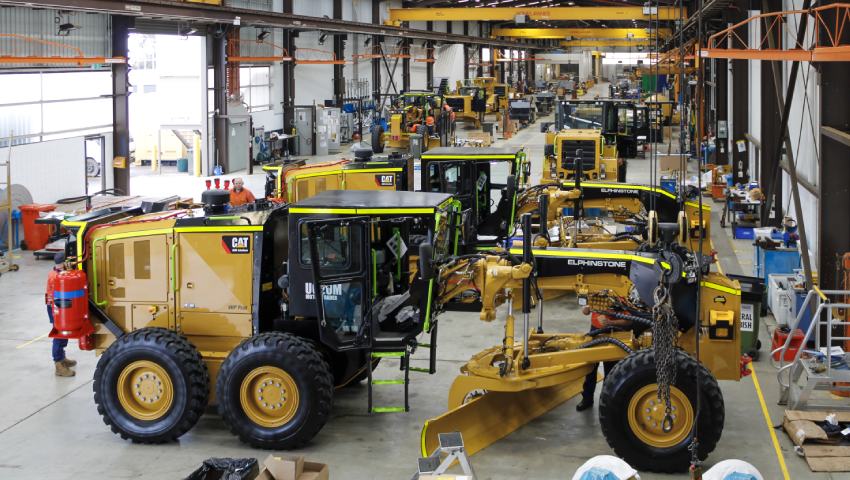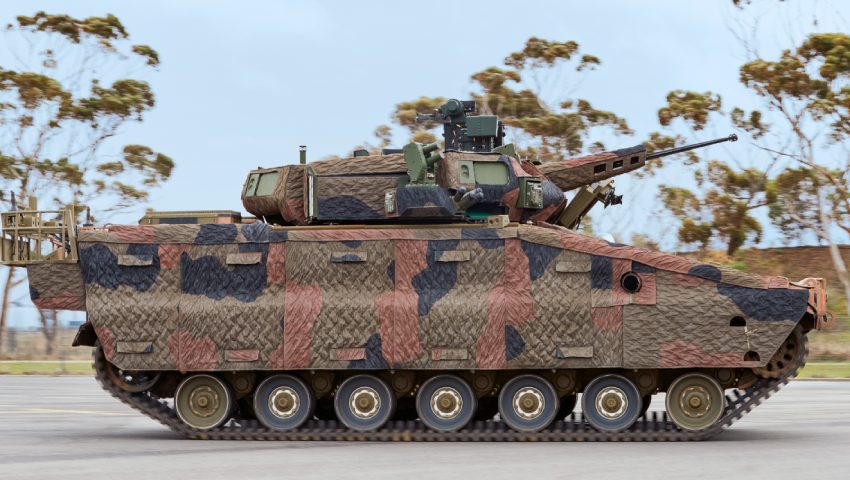Australia’s states and territories are rising to the challenge, supporting the national endeavour to build Australia’s sovereign industrial capability.
To continue reading the rest of this article, please log in.
Create free account to get unlimited news articles and more!
Over the past 18 months, the Commonwealth government has sought to accelerate its push to strengthen the local defence industry in the face of unprecedented changes to the global environment.
The COVID-19 pandemic has exposed chinks in the supply chain, prompting policymakers to prioritise efforts to reduce dependence on foreign suppliers, particularly in the defence space.
This renewed sense of urgency has been exacerbated by a deterioration in the geostrategic environment, with mounting tensions in the Indo-Pacific sparking concerns over the ADF’s readiness.
But Australia’s states and territories have been up to the task, putting parochialism aside to support the national plan to enhance sovereign industrial capability.
Victorian defence industry advocate John O’Callaghan reflects on the strong collegiate relationship between state and territory stakeholders, which have grown in the wake of the COVID-19 pandemic.
“We've worked together over many decades, principally in defence, but more recently in representing the respective interests of the industry base,” O’Callaghan explains.
“But without exception, there is a very strong focus amongst the group on national strategic requirements and national programs.
“With the strategic environment becoming more tenuous, particularly with regards to behaviour in the Indo-Pacific, there is a much stronger focus on national activity, and that's reflected in the renewed emphasis on sovereign capabilities.”
O’Callaghan’s counterpart, Tasmanian defence industry advocate Rear Admiral (Ret'd) Steve Gilmore, AM, CSC, agrees.
Gilmore acknowledges that states and territories may, at times, compete to house defence projects, but ultimately stand ready to support the national interest.
Gilmore refers to this as “collaborative competition”.
“I think since the boundary lines were drawn on the map of what is now the Commonwealth of Australia, with our six states and two territories, there's always been competition, it just comes naturally,” Gilmore observes.
“But in times of difficulty, we do recognise we're one country, and sometimes challenges really do drive us to greater collaboration, and they bring us together.”
Gilmore goes on to laud the Commonwealth government’s recent work to galvanise state and territory leaders by promoting regular dialogue through formal mechanisms.
“We’ve seen the appointments of defence advocates and the formation of defence industry units, as well as the development of a range of processes that would ensure stakeholders were in constant contact,” he notes.
“At one point, state and territory advocates were meeting with the Minister for Defence Industry Melissa Price on a weekly basis.”
O’Callaghan concurs, praising the “outstanding” leadership shown by Minister Price and deputy secretary of the Capability Acquisition Sustainment Group (CASG) Tony Fraser.
“The collegiate engagement on a weekly basis through most of last year — and more recently on a fortnightly and monthly basis — has been the best engagement by the Commonwealth I've ever experienced, and I've been involved in this space since the 1970s,” he observes.
“It requires astute leadership and agility, but ironically it also requires a crisis.”
O’Callaghan makes specific reference to the government’s work to sustain local supply chain businesses in the height of the pandemic.
“To bring forward some additional work and require the early payment of invoices, underpinned the steady health of supply chain companies throughout this period,” he notes.
“That's fostered a collegiate relationship between primes, sub-primes, the supply chain, and the Commonwealth.”
The strength of these relationships has been demonstrated across a number of key defence programs.
O’Callaghan and Gilmore are currently teaming up to facilitate collaboration between Victoria and Tasmania’s defence industries in support of Hanwha Defense Australia’s bid to secure the Commonwealth government’s $18-27 billion LAND 400 Phase 3 contract.
If successful, Hanwha Defense Australia will be tasked with delivering a fleet of up to 450 infantry fighting vehicles to replace the Australian Army’s M113 Armoured Personnel Carriers.
The prime, which has proposed its Redback IFV for selection, plans to manufacture the vehicles from a new facility in Victoria.

However, the company has now partnered with renowned Tasmanian heavy vehicle manufacturer Elphinstone to support the project.
“Hanwha chose Victoria to anchor their bid, but it became apparent that it would be a stronger bid, delivering a better capability option for Defence, if some best of breed companies located in in Tasmania participate,” Gilmore explains.
Gilmore hopes stakeholders will build on this collaborative momentum to collectively achieve Australia’s sovereign industrial capability objectives.
“Let’s not take our foot off the accelerator,” he urges.
“We've got a mechanism and we’ve demonstrated the will and commitment to work together. Let's keep it going.”

 Login
Login







